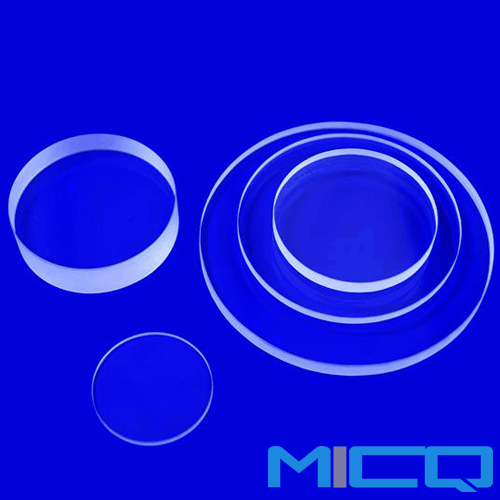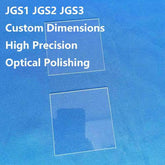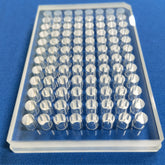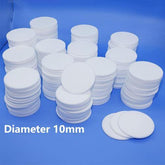How to identify quartz glass accurately
- Characteristics and hardness of quartz glass
Quartz glass is a common artificial glass material, manufactured from silicate materials through a melting and rapid cooling process. The material is characterized by the high transparency, high refractive index and the absence of impurities such as bubbles and inclusions. The hardness of quartz glass is exceptionally high, typically ranging from 7.5 to 8.0, which can be assessed through a scratch test.

- Observe the density of the material
The preliminary determination of whether the material is quartz glass can be made by observing its density. The density of quartz glass is generally between 2.2-2.5 g/cm³, which is higher than that of ordinary glass.
- Test with ultraviolet light
One method of identifying quartz glass is to irradiate it with ultraviolet light. If the glass appears light blue or colourless, it can be confirmed as quartz glass. However, this method requires the use of professional ultraviolet lamps, and is therefore not applicable in a wider range of situations.

- Be aware of some types of glass that are easily mistakenfor quartz glass
Quartz glass is similar to some other materials in appearance, which can lead to confusion with other types of glass, such as sodium-calcium glass and borosilicate glass. Sodium-calcium glass offers good transparency, but its hardness is much lower than that of quartz glass. Borosilicate glass is dark in colour and has a granular texture when touched, which is obviously different from quartz glass.

- Conclusion
By observing the density, hardness, transparency and other characteristics of the material, in conjunction with a series of testing methods, including the use of ultraviolet light, quartz glass can be accurately identify. At the same time, it is also important to be aware of certain types of glass that can be easily mistaken for quartz glass, in order to avoid any potential misjudgements.






